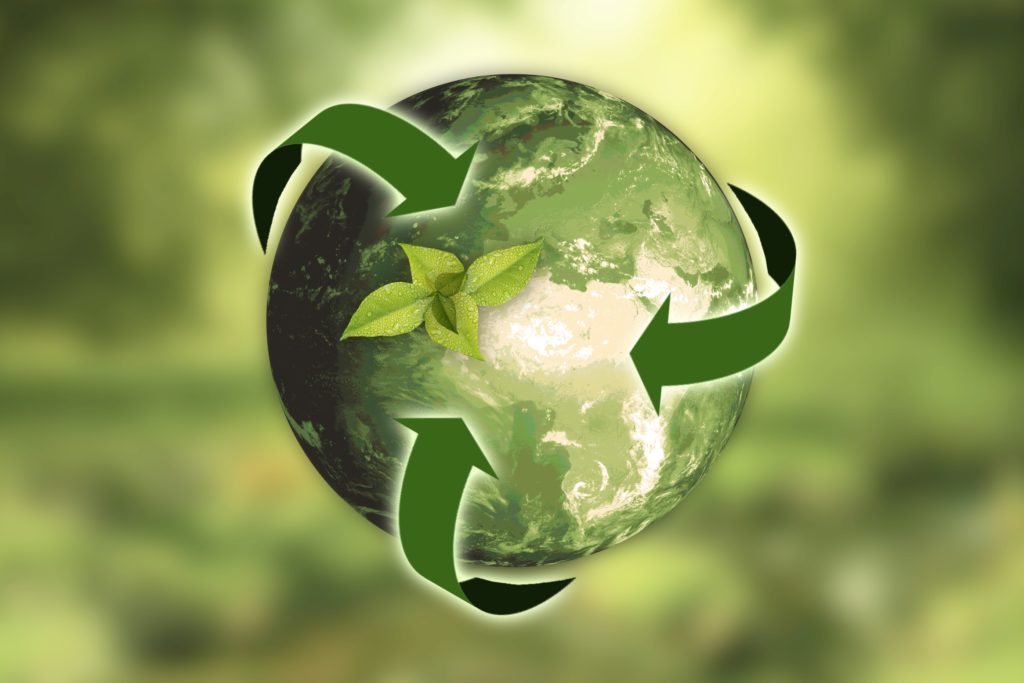
As global warming becomes an imminent threat to our already fragile ecosystem, any excuse for not being eco-conscious will no longer fly. Rising temperature will affect rainfall, seasons, water supply and livestock, to name only a few, all over the planet and drastically impact each and everyone’s life.
Live in an apartment and have no backyard to plant trees? Switching to a plant-based diet is difficult due to financial constraints or because of health reasons? It’s okay. From recycling at home to saving on water and electricity, there is a wide range of ways for you to contribute to protecting the environment. Since each person produces roughly 2 kilograms of waste per day, recycling might be a good place to start if you want to put in your two cents to the global initiative of saving the planet.
To recycle, start by changing the way you look at your garbage. Garbage is… well, just that: useless things for which you have no purpose. Waste, on the other hand, has immense value if properly sorted. You’ll need to know how to sort and dispose of these wastes. This post will help you put a clear disposal and recycling system in place and make the entire process much easier. Once you get used to it, you won’t even have to think about it – it will just be a knee jerk reaction.
1. Turn Your Kitchen Waste into Compost
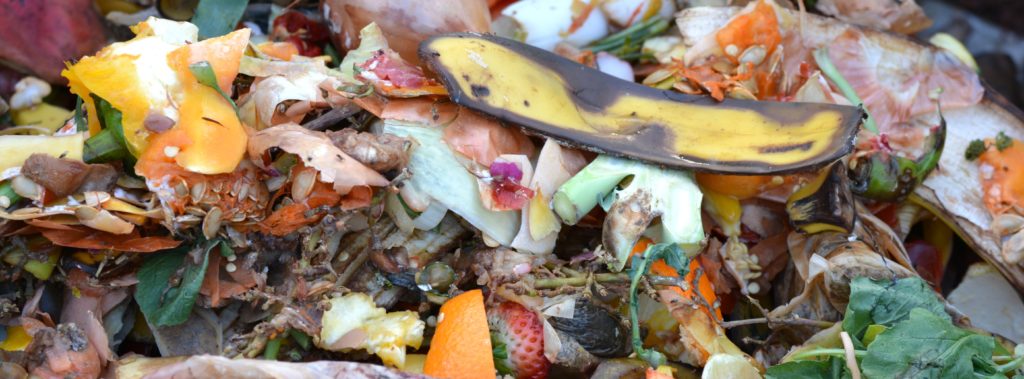
All organic wastes should go into your compost bin. In addition to being one of the most efficient ways of making a difference, it is simple and easy to do at home. If you want to use the compost for your yard, you can build an outdoor compost bin. On top of fruit skin and vegetable remains, you can also add in twigs, weeds and dead leaves from your garden into that bin. On the other hand, if you’ll just leave the bin for pickup, simply keep a small reusable container under your kitchen sink. This makes for easy sorting and disposal of organic waste.
Start composting by following the below 3 steps:
i. Separate food from other types of waste and place them in a reusable container.
ii. Once the container is full, transfer the compost to a green bin or biodegradable garbage bag.
iii. Drop the bin on the street curb so it gets collected.
Easy, right? See! We didn’t lie!
2. Recycling Glass
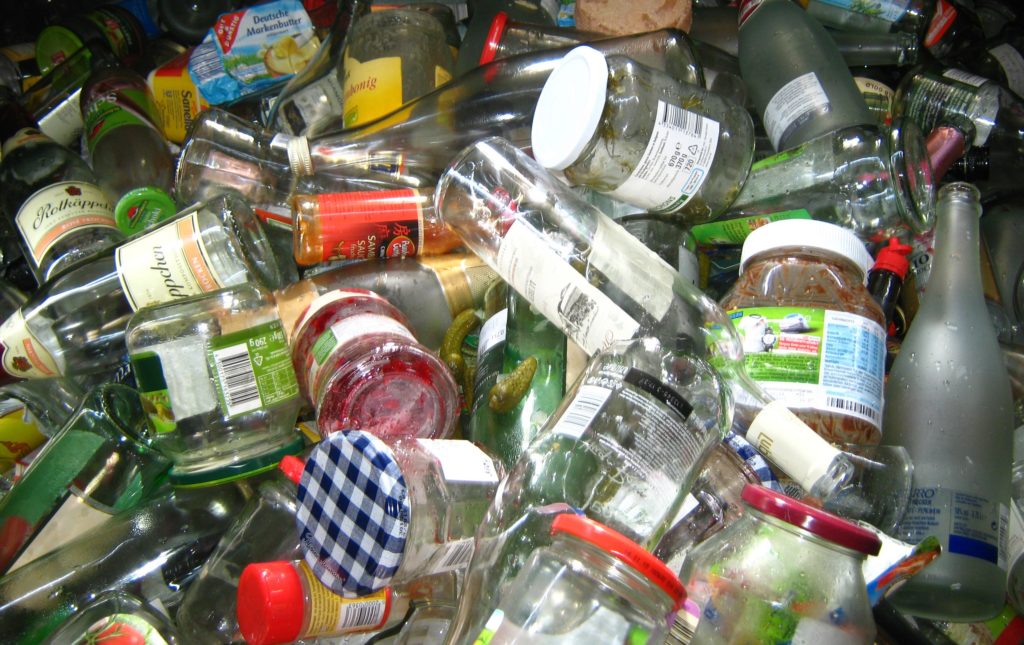
Around 28 billion bottles and jars are thrown out every year by Americans only! Do your part for the environment by recycling them instead. You can either choose to repurpose the glass products and containers you have at home or place them in recycling bins, so they are recycled by a recycling plant. You also have the option of bringing them to a local bottle depot yourself for safe recycling.
Recyclers will clean and sort these glass products by color. They will then crush them before remelting them into new glass products. If you want to repurpose these bottles yourself, you can still do it. You’ll find thousands of tutorials on YouTube and DIYs projects online. Or if you want to do something much simpler, you can just clean them and use them as vases.
3. Recycling Paper Products
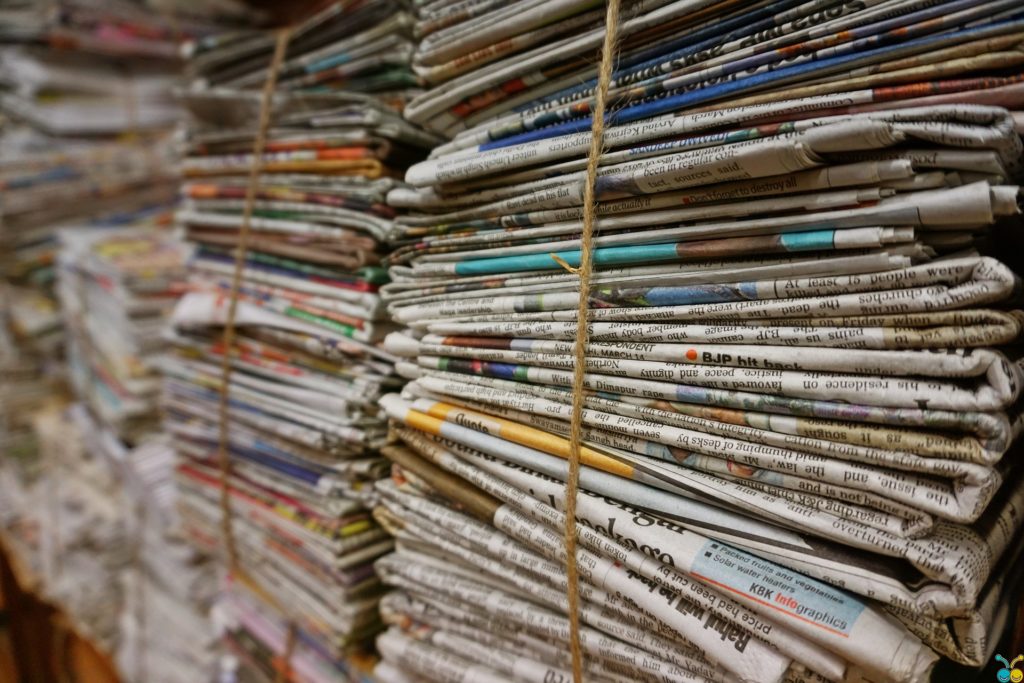
Paper is biodegradable and is one of the most easily recycled materials. Paper waste includes printer paper, envelopes, newspapers, magazines, cardboard, and packaging papers. Place this type of waste in a yellow/blue bag – yellow if you live in Australia or New Zealand and blue if you live in the US or UK.
Remember to flatten all cardboard, so that it takes up less space in the bin. Recyclers and recycling facilities arrange for the collection, sorting, shredding and de-inking. After the pulp is dried out, the paper is ready for reuse as newspapers, wrapping paper, and printing paper.
4. Disposing of Universal Waste
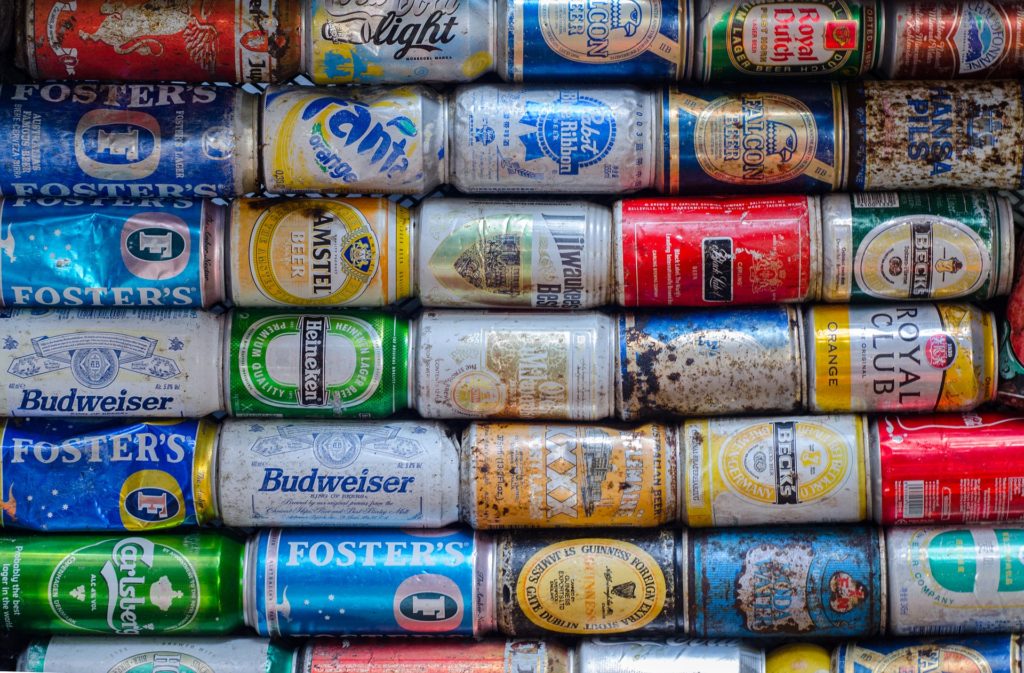
Nearly every electronic product is considered to be a universal waste. Universal waste also includes batteries, such as silver ion, lithium, and nickel-cadmium, and lamps, such as high-intensity discharge, neon, and fluorescent. Of course, general waste is not limited to only those. But the other types of waste are usually those from businesses, laboratories, and factories.
For general waste, use red, black or grey bags. Red bags are the standard for Australia and New Zealand, while black bags are used in the UK and the US. If you like in the UK, you can also use grey bags for general waste.
5. Recycling Plastic
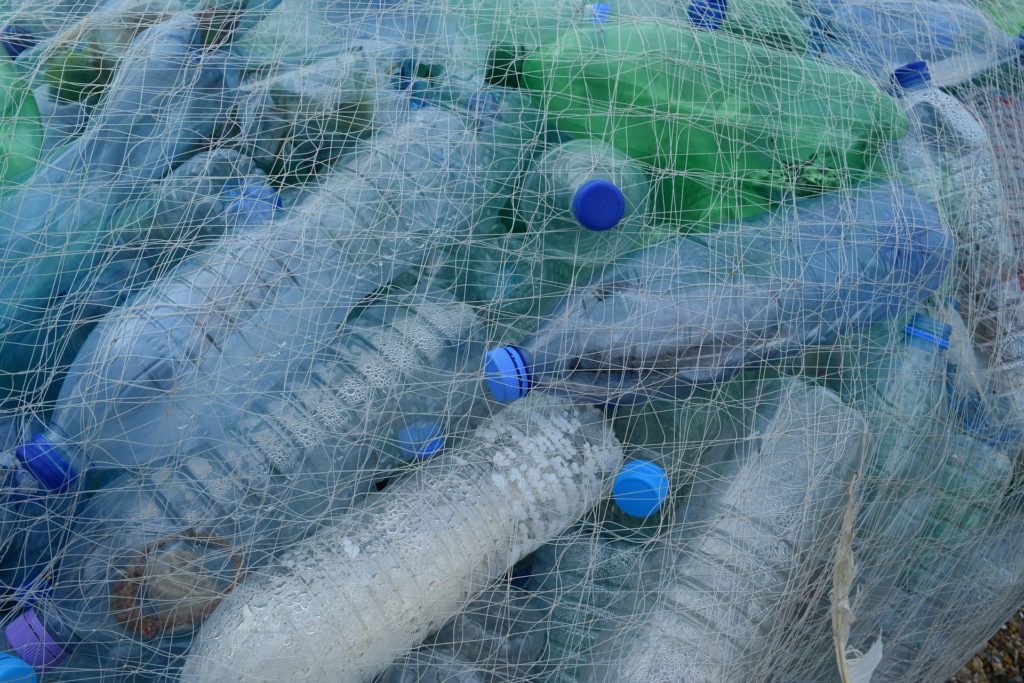
Recycling plastic involves melting it down and purifying it before creating new products. There are 7 different categories of plastic and not all of them can be recycled. Most plastic products come with a universal recycling symbol which is a triangle consisting of three arrows going in a clockwise direction. Inside that symbol, there is a number.
Plastic made of 1) polyethylene terephthalate, 2) high-density polyethylene, 4) Low-density polyethylene and 5) Polypropylene are widely accepted by recycling programs. Polyvinyl chloride (#3), polystyrene (#6) and plastic #7, on the other hand, are generally not recyclable.
Arm yourself with a separator bin as well as blue, green, yellow and black bin bags and you are ready to start separating waste to be repurposed!
